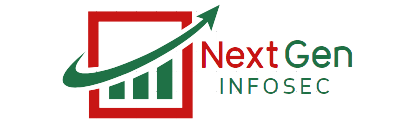Top Five Application Security Tools in 2023?

Here are some widely recognized application security tools as of 2021:
- Veracode:
- Features: Static Analysis Security Testing (SAST), Dynamic Analysis Security Testing (DAST), Software Composition Analysis (SCA), and more.
- Pros: Comprehensive security testing capabilities, seamless integration with CI/CD pipelines, and extensive language support.
- Cons: Can be expensive for small businesses, and some users may find the interface complex initially.
- Checkmarx:
- Features: Static Application Security Testing (SAST), Software Composition Analysis (SCA), Interactive Application Security Testing (IAST), and more.
- Pros: Powerful code analysis, support for multiple programming languages, and integration with various development environments.
- Cons: Initial setup and configuration might be complex, and the cost can be high for small businesses.
- Fortify (by Micro Focus):
- Features: Static Code Analysis (SCA), dynamic application security testing, and software security assurance.
- Pros: Wide language coverage, detailed analysis reports, and integration with popular development environments.
- Cons: Initial setup and configuration can be challenging, and the interface may seem overwhelming for some users.
- WhiteSource Bolt:
- Features: Open source security management, vulnerability testing, and real-time alerts.
- Pros: Seamless integration with various development tools, comprehensive vulnerability database, and easy-to-use interface.
- Cons: Some users may find the pricing relatively high for certain usage tiers, and advanced features may be limited in the free version.
- Rapid7 InsightAppSec:
- Features: Web application scanning, REST API support, and comprehensive reporting.
- Pros: User-friendly interface, scalable for different-sized businesses, and accurate identification of vulnerabilities.
- Cons: Advanced features might require some technical expertise, and some users might find the initial setup complex.
Conclusion:
While each of these tools offers unique features and capabilities for application security, the choice ultimately depends on the specific requirements of your website and the scale of your operations. Consider factors such as budget, scalability, ease of integration, and the complexity of the tool’s interface. Conduct a thorough evaluation and, if possible, utilize trial versions to determine which tool best aligns with your website’s security needs and development workflow.
- Previous Post
- Next Post →
Copyright © 2024 NextGen INFOSEC| All Rights Reserved.
